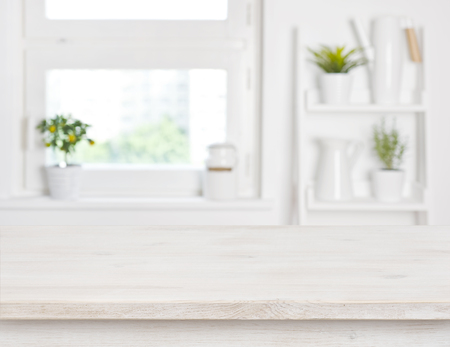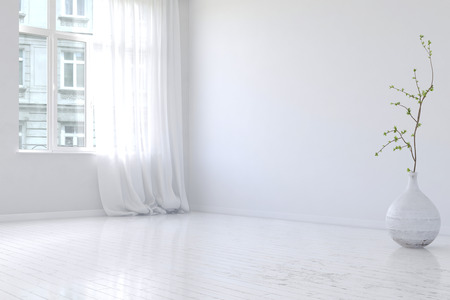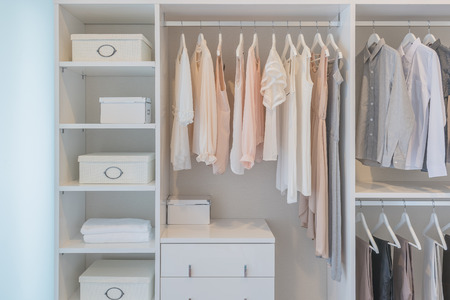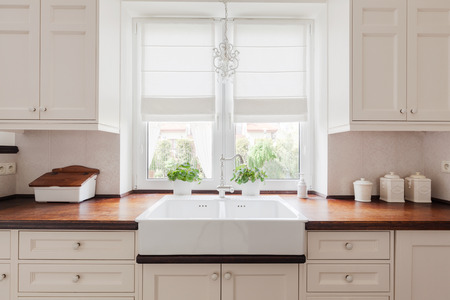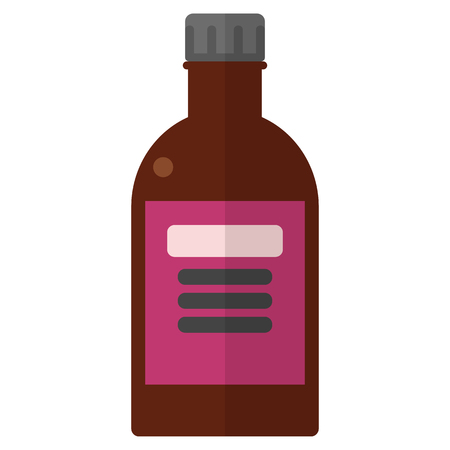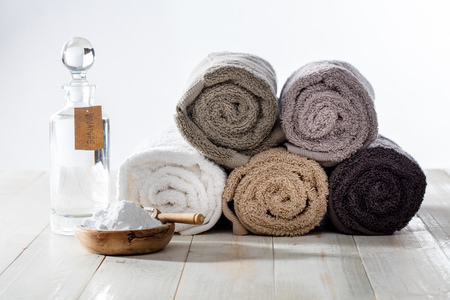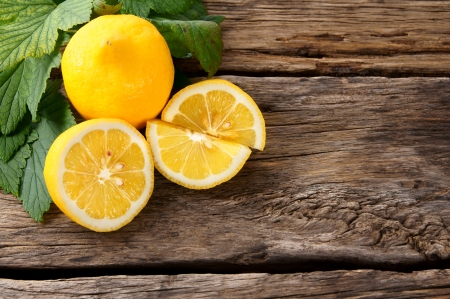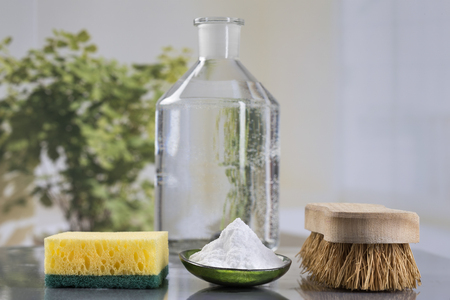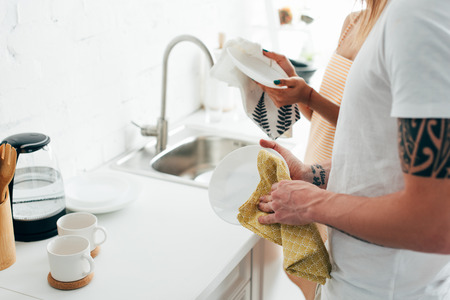
Cleaning our homes regularly is a great way to take pride in our space and self-care. We can get rid of dust and pollutants and make our homes an overall healthier atmosphere. However, sometimes we take short cuts or just do not have the proper techniques with cleaning. While cleaning your home is essential, bad habits can create more issues later. Here are four bad cleaning habits you need to break:
Not Cleaning Your Cleaning Tools After Each Use
We clean our homes and then put our dirty tools. The mops, the brooms, scrub brushes, sponges, and more all fall victim to this bad habit. To ensure you are not adding to the dirt next time, schedule when you will clean your tools. You can do it before or after each use. The best habit is to clean them after each use – this can ensure that they do not mold or build nuisance dust over time in storage.
Using the Wrong Cleaners for Different Applications
Multi-surface cleaners are great; however, not everything is a multi-surface cleaner. Using the proper cleaner for the right task is essential. Some oil-based products can damage woods or smear on glass. Make sure you are using the right cleaners for each application.
Using the Same Disinfectant Wipe Throughout a Room
Disinfectant wipes can kill 99.99% of germs. They are great for cleaning bathrooms, bedrooms, kitchens, and more. Yet, do not keep the habit of not throwing away each disinfectant wipe. It is unsanitary to wipe your toilet then wipe the sink where you sit your toothbrush. The best rule of thumb is to use a new wipe for each surface!
Leaving out Wet Towels
Stop leaving wet towels lying around on the floor. When you use a towel, and it gets wet, it can become a home for mold to form. Remember to schedule days to wash your towels and rags around your home at least once a week!
Cleaning your home is a great habit! It keeps your house clean and can prevent sickness. Just make sure you are not developing any bad habits. Be smart about how you clean in order to be efficient. For more insight on home cleaning tricks and tips, make sure to subscribe.


